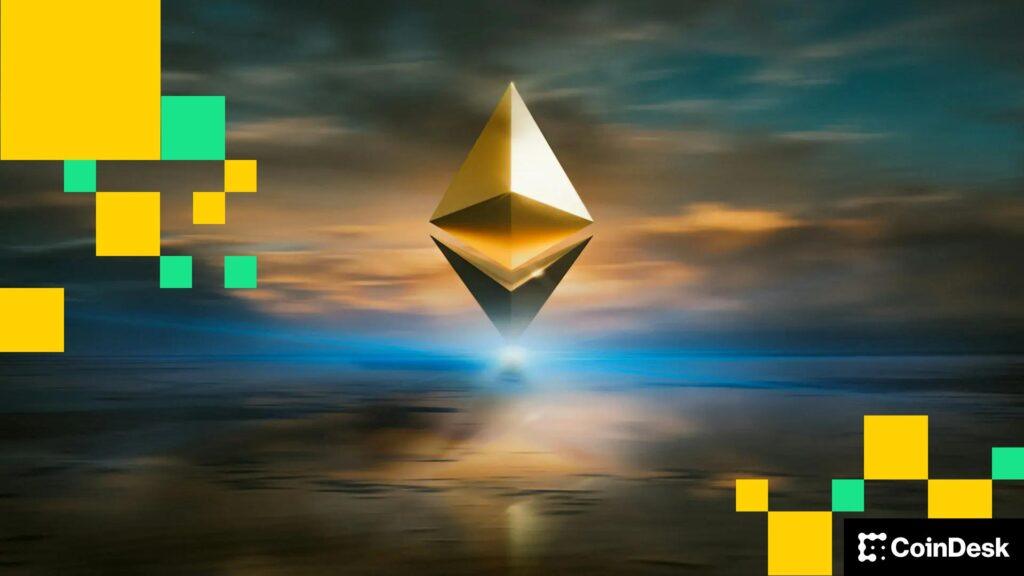Ethereum developers are preparing for the network’s second major upgrade this year, known as Fusaka, which will go live at the end of November or early December, pending the final test network results.
Fusaka – a mixture of the names Fulu and Osaka – consists of two simultaneous upgrades to Ethereum’s consensus and execution layers respectively.
The upgrade is focused on making Ethereum Blockchain more scalable and efficient, and should benefit institutions and users as transaction costs on Rollup Networks must fall further, while operating nodes must become less cumbersome and expensive for the newcomers who want to run nodes.
Fusaka includes 12 main code changes or Ethereum -improvement suggestions (EIPS), which together aim to increase data capacity, lower cost and streamline validator operations.
One of the most significant additions is EIP-7594 or Peerdas (Peer Data Availability Sampling), a system that allows Ethereum validators to verify data availability by trying small pieces of it instead of downloading everything. This change allows the network to handle far more rising data (“clatter”) per day. Block, which paves the way for cheaper layers 2 transactions and greater flow without compromising decentralization.
Fusaka could make it easier for newcomers or smaller players to operate at Ethereum instead of cutting down the cost of those who are already running large validator rafts. Upgrader’s effectiveness changes mean that devices that run only a few validators-or no-one find the simpler and less resource-intensive to start or maintain nodes. However, institutions with extensive node surgeries, such as action pools, see great cost savings.
Vaneck, a prominent asset manager, has said that Fusaka will be significant to users and argues that it will lower the cost of Rollups and make Ethereum more effective for big players. Because validators do not need to download each data lobe fully (thanks to Peerdas), bandwidth and storage requirements are, which means that institutions running full nodes or node clusters will see the cost of lower infrastructure.
The company also says that Fusaka strengthens ETH’s role as a store with value and settlement assets, as transaction fees at the base layer can shrink as more activities switch to Rollups, but ETH becomes more central to securing and validating this activity.
The other 11 changes in Fusaka are smaller, but still important; Things like fine tuning on how transaction fees are calculated, set clearer boundaries for block size and add new tools to developers that make Ethereum apps run faster and work better with standard Internet security systems. Overall, the Ethereum’s base layers make more predictable, flexible and compatible with mainstream cryptography standards.
After Dencun last year and Pectra earlier this year, Fusaka Ethereum’s fast cadence of upgrades is continuing to make the network more scalable and business friendly.
Fusaka has already undergone a first test run on October 1st and will see two additional samples on October 14 and 28, before core developers decide to ink on a date of mainnet.
Developers say Fusaka will set the stage for further changes in 2026 in the upcoming Glamsterdam upgrade. This hard fork is set to focus on introducing wrapped proposal builder-separation-a change that would make Ethereum’s block production process safer and transparent.
Read more: Ethereum’s Fusaka upgrade consists of Holeky Test, moving closer to Mainnet



